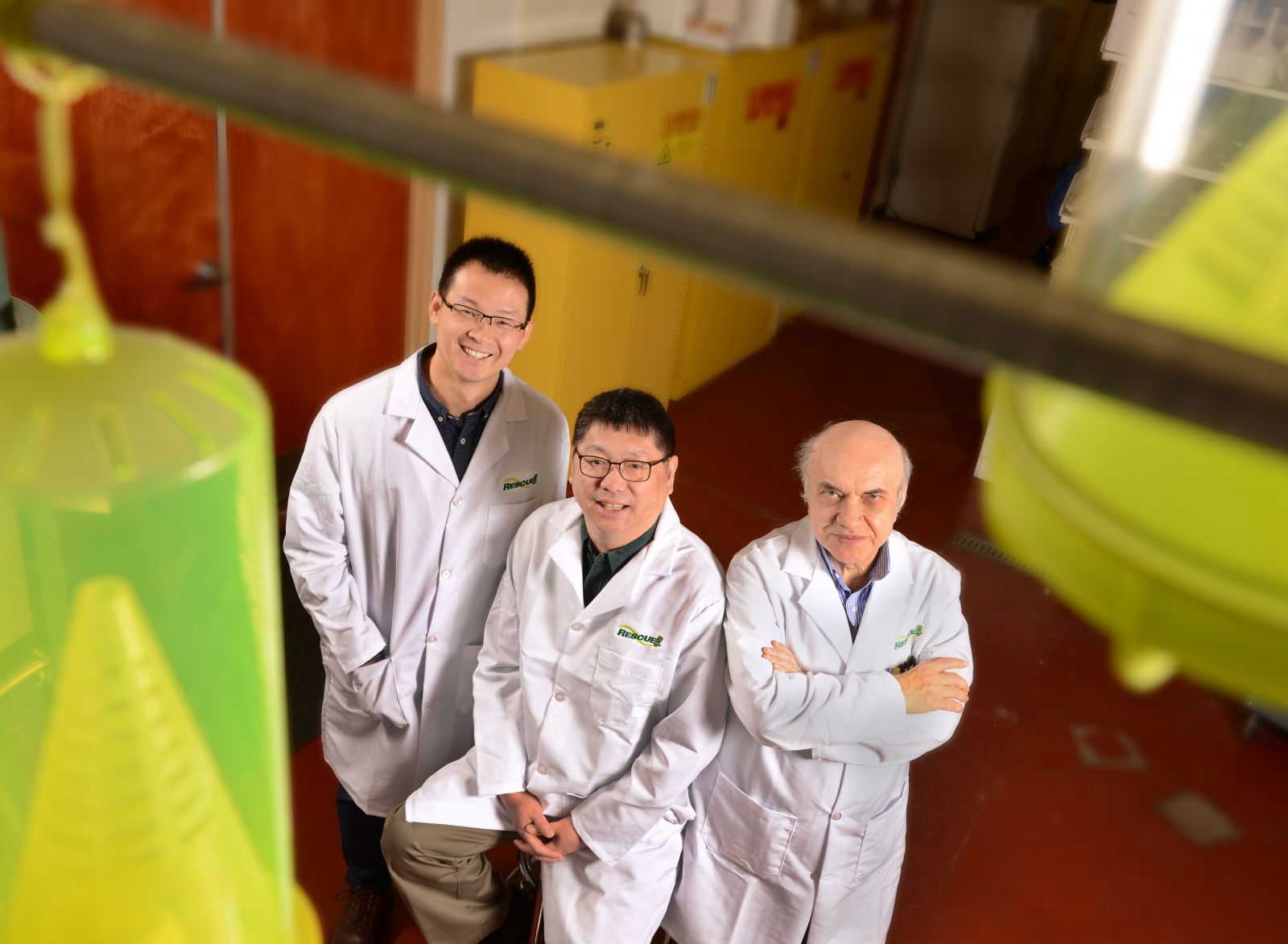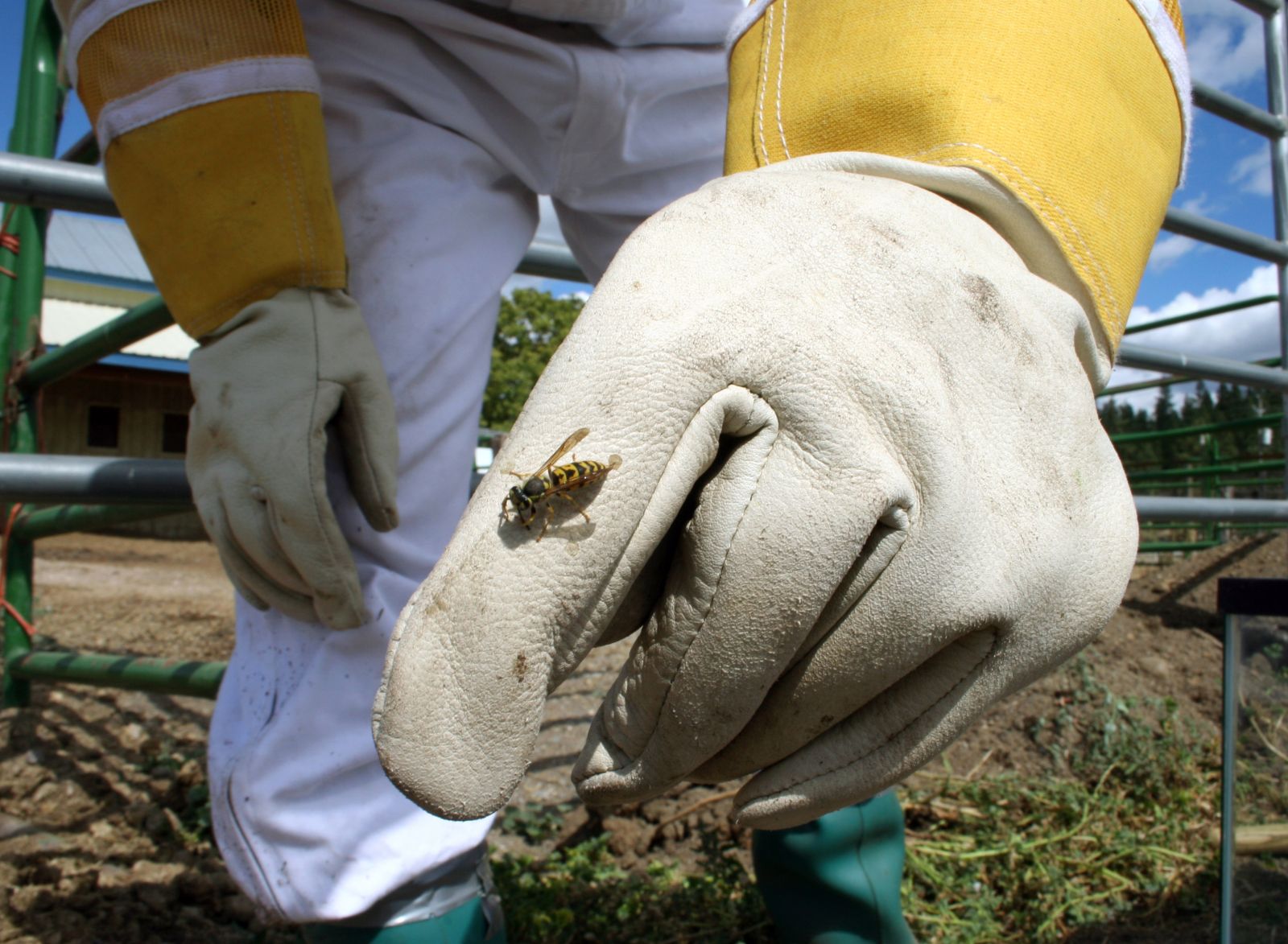Pick a Product
While military intelligence relies on one’s ability to interpret human communication, the challenges of deciphering insect behavior are not quite as clear. We can’t listen in to a mosquito’s cell phone calls or sneak a camera into a yellowjacket nest to record the minutes of their secret colony meetings. What we can do is learn as much as we can about their behavior and what makes the insect tick.
To test scent attractants and repellents, RESCUE!® scientists gather data by introducing various natural compounds to insect antennae, then measuring the responses through our Gas Chromatograph-Electro Antenna Detector. This technology allows RESCUE!® scientists and technicians to “understand the enemy” and begin the process of devising effective countermeasures. Our team of chemists and insect experts then begins the process of creating and testing “recipes” that will be effective in luring or repelling insects, safe for humans and the environment, and reproducible through our manufacturing processes.
In addition to scents, RESCUE!® now has ways to discover what attracts insects visually. Using the Electroretinogram (ERG) machine in our lab, our scientists measure photoreceptor responses in insect retinas to different wavelengths of visual stimuli so they can identify the most attractive colors, patterns and intensities. The result is our VisiLure® technology.
.jpg)

Our scientific innovation challenges long-accepted standards in the consumer insect control category. RESCUE!® products outsmart the bugs and bring better results for our customers and the environment.

The RESCUE!® Insect Research Lab extends well beyond the four walls of our headquarters. The natural environment is ultimately where our work begins and ends.